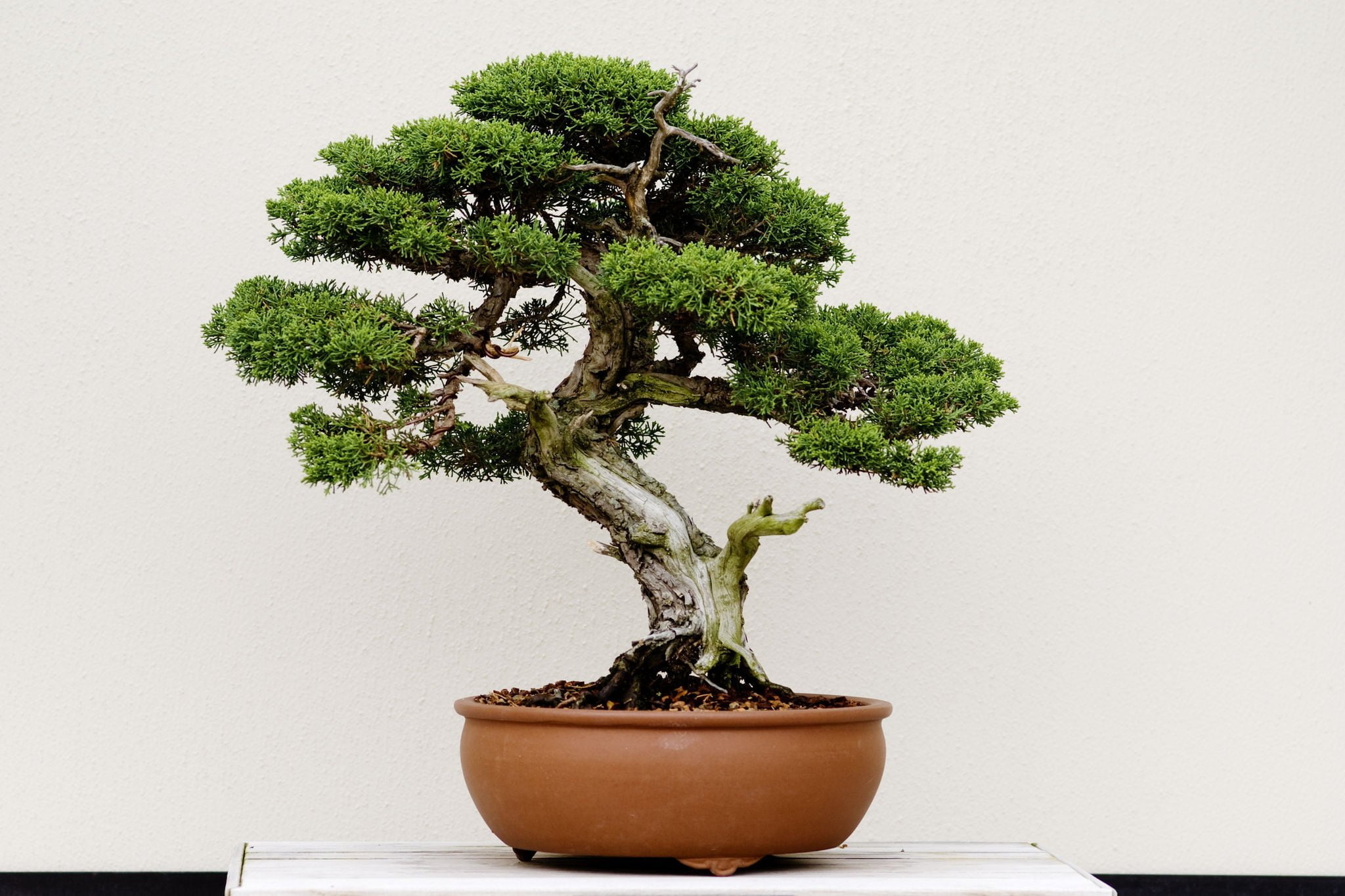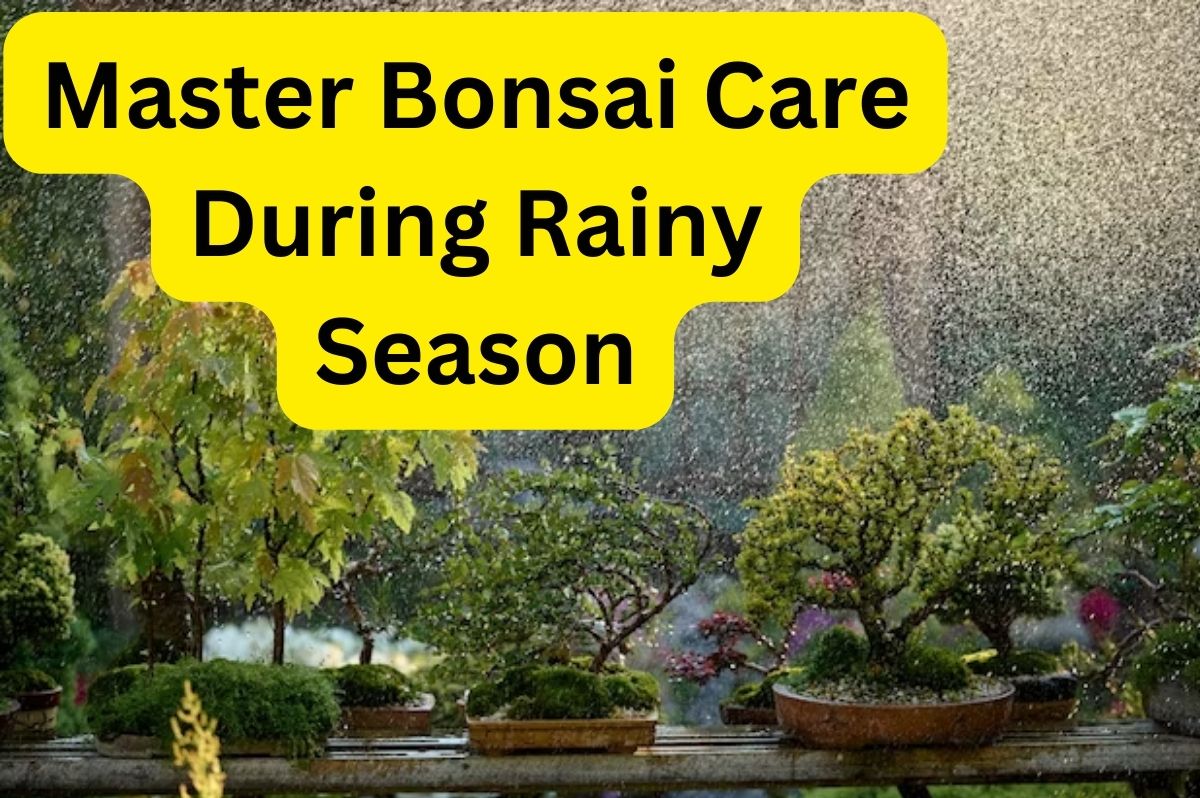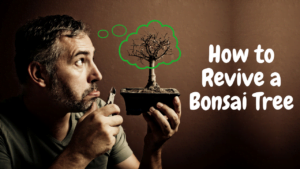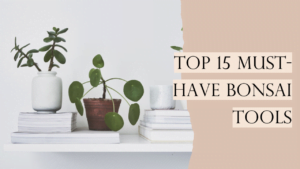Did you buy a bonsai, and now feel overwhelmed about where to place it? Just like people, plants also require a healthy atmosphere to develop, thrive, and survive. Your bonsai tree requires a location with good ventilation, lots of sunlight, and a stable temperature.
But what should you focus on while finding a suitable place for your bonsai? The light? The temperature? There’s a lot to think about! This article will guide you on what factors to consider when placing a bonsai tree.
Before that, as we all know, all trees have their special growing conditions and needs. So we need to accommodate the bonsai trees according to their suitable environments, both indoor and outdoor. First, we will talk about indoor bonsai trees.
Indoor Bonsai Trees
Certain species thrive well in controlled indoor settings, especially those that grow in warmer conditions. It is their ease to adapt to various components that controls their growth cycles (light, temperature, and more).
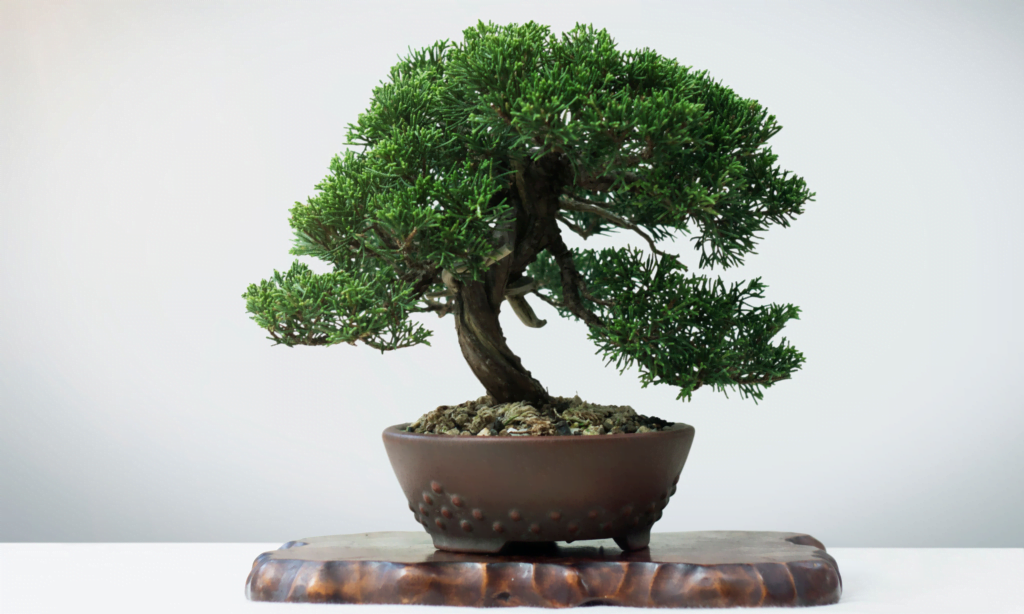
1) Light
Nothing can substitue a well-lit environment that is necessary for your bonsai tree to remain healthy. The growth of your bonsai depends on correct lighting, but determining the right amount can be challenging. The correct lighting entirely depends upon the species and how much light it needs.
You must place your bonsai tree where sunshine can reach it the most, like near a window, since sunlight will keep your tree in excellent health.
In case your home doesn’t have enough sunlight, do not worry. You can purchase artificial lighting for your bonsai. A “grow on” bulb on a timer works great for your bonsai tree’s additional lighting. Though, remember, you must place your tree at least three inches away from the artificial light.
The lights must be turned on for 12 to 16 hours every day, but you don’t need to worry about it because the timer will take care of it.
Note:
- You must examine the leaves of your bonsai tree to see whether it receives adequate sunlight. The best course of action is to presume that the bonsai isn’t receiving enough light if the leaves are huge and the shoots are long and skinny.
- Do not place your bonsai near ACs, vents, or heaters.
2) Air circulation
Bonsais also require adequate air circulation to stay healthy over the long run. The accumulation of dust and dirt on the leaves, which could plug the pores and stomata, could harm a bonsai’s ability to photosynthesize, especially in stagnant air.
For photosynthesis to continue, there must be enough fresh air circulation, which is essential for a plant’s survival.
You can easily keep the bonsai tree’s deadliest enemies, pests, and disease at bay by enough fresh air circulation.
3) Temperature
Another crucial component of a suitable environment for growing a bonsai is temperature regulation. Keep your bonsai between 50 and 70 degrees at all times to prevent overheating. During the winter, it’s also crucial to avoid being too chilly.
Note: You can use a thermometer to check upon your bonsai, giving you an exact temperature reading.
4) Humidity
You love your bonsai, and your bonsai adores humidity! It is quite a known fact. The best area to grow bonsai trees indoors is somewhere with moisture in the air, except for some low-humidity species (like the ficus tree).
You can place your cute bonsai tree in a humidity tray to stop water from collecting at the bottom of the pot. To keep the leaves moist, you can mist them with water or invest in humidifiers with solid evaporative powers.
Now let’s talk about outdoor bonsai
Outdoor Bonsai
Most bonsai species thrive in environments with access to nature, so choosing a species compatible with your local environment will give you excellent results.
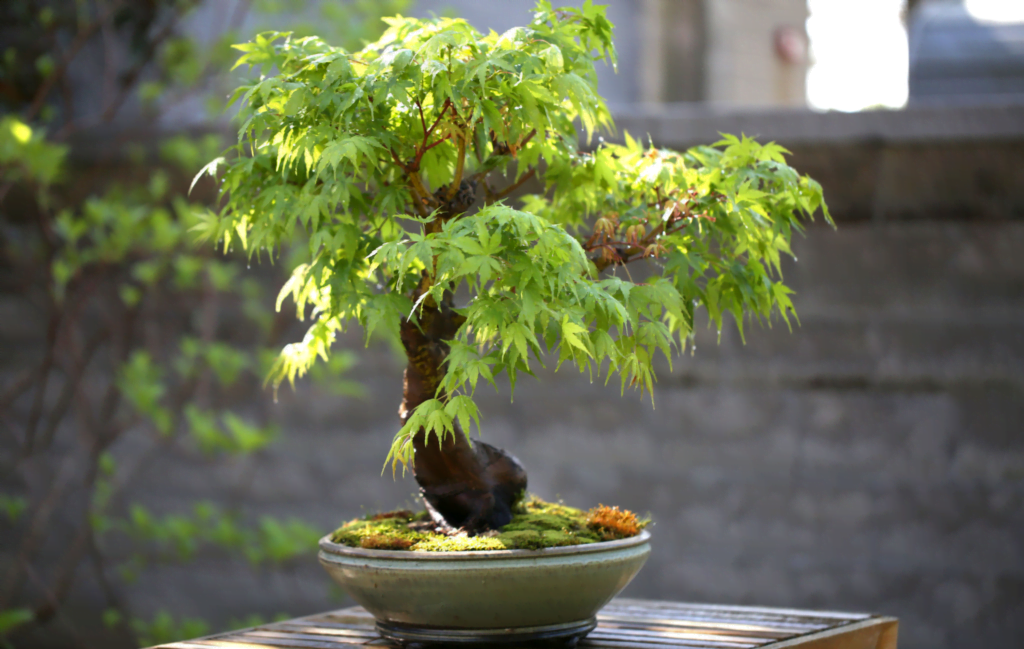
1) Light and Temperature
Your tree needs as much light as it can get from spring through early fall, when it is growing the most. You can place your bonsai on the balcony or the yard’s brightest area, front and center.
The sun can itself be the most significant threat to the outside temperature. If you reside in a region that gets a lot of sun or heat, search for a place that provides shade from the harshest noon sun. In these circumstances, you can place your bonsai under large trees that provide partial shade.
Note:
- You might need to shift your tree throughout the season to give it more or less sunlight.
- You should keep an eye on your bonsai and examine how it reacts to sunlight.
- You can cover your bonsai with a cloth to protect it from scorching rays.
2) Rotate your bonsai often.
Your tree probably receives varying quantities of light during the day because of nearby buildings, other trees, and the sun’s angle. Rotate your tree every so often to promote even growth.
Bonsai Placement In Winter Season
Indoor Bonsai
You can place it in a home window facing south throughout the winter. An east or west window can be an alternative spot. If you choose to position your tree in a northern exposure, you will need additional artificial lights.
In the winter, bonsai plants need four to five hours of sunlight. You must keep it away from heater vents and other heat sources of a similar nature.
Outdoor Bonsai
Even though your bonsai may not be growing much in the winter, it’s crucial to know what maintenance it needs while in the dormant stage. You can bring your tree indoors, depending on the sort of tree and the weather in your area.
Some robust bonsai can withstand wintertime outside; in these circumstances, you should cover the container with styrofoam, newspaper, or another thermal source to save the tree’s roots.
Your bonsai tree can withstand chilly winters if you care for them properly. You can place them in a garage, grow house, or other enclosed, cool rooms. Plants thriving in challenging winters will need additional artificial light sources even though growth slows during dormancy.
Conclusion
Picking the right place for your bonsai tree is crucial as it is essential for their growth and development. The heavy work is on your shoulders with these delicate and pot-bound bonsais.
But, you don’t need to stress over it as we have mentioned everything you need to know about placing your bonsai tree.
If you still have questions, drop them down in the comment section.
Related Articles
- White spots on the leaves?- Powdery mildew on bonsai (identification and solution).
- Bonsai Bloom Booster: How Beer and Garlic Will Change Your Gardening Game!
- 9 Things You Must Stop Doing As a Bonsai Owner To Make Your Bonsai Live Longer
- Mastering Bonsai Care During Monsoon: A Comprehensive Guide
- Revive Your Bonsai Tree with These Proven Techniques!
- Top 15 Must-Have Bonsai Tools for Enthusiasts

